If you need a sesame oil replacement for a recipe, these are the 5 best substitutes for sesame oil. This articles outlines which oils are better substitutes for toasted sesame oil and which are better options to replace light sesame seed oil.
Before using sesame oil in a recipe, or choosing the best sesame oil substitutes, it's important to know that there are two types of sesame oil: light and dark.
Light Sesame Oil
Light sesame oil has a lighter color and very mild flavor. It is made from untoasted sesame seeds. It is usually less expensive than toasted sesame oil (although not always) and can be used for cooking or for making salad dressings.
Light sesame oil has a high smoke point (around 410º F, or even higher if the oil is refined.) This means it can be used for cooking at high temperatures, for frying or sautéing over high heat. It's often used to stir fry Asian dishes.
However, there are less expensive oils that also have a neutral flavor and high smoke point that make great substitutes for light or untoasted sesame oil.
Dark (toasted) Sesame Oil
Dark sesame oil is made from toasted sesame seeds. It has a darker color and the rich nutty flavor of toasted sesame seeds. For this reason, and because it can be fairly expensive, dark sesame oil is mostly used as flavor enhancer, rather than the main oil used for cooking.
However, if you're cooking ingredients briefly or just using a tablespoon or two, then toasted sesame oil is a good option for cooking. Especially if you want a noticeable sesame flavor or nutty taste. You can use it to make roasted vegetables with rice noodles or Instant Pot soy sauce chicken and rice.
Toasted sesame oil also makes flavorful dressings and sauces. Try this recipe for sheet-pan salmon & green beans with sesame-lime dressing, or this easy recipe for garlicky Instant Pot green beans with soy sauce.
When choosing a toasted sesame oil substitute, you'll want to choose an oil that also has a rich, nutty flavor.
So, without any further ado, here are the best substitutes for both light and toasted sesame oil.
1. Peanut Oil
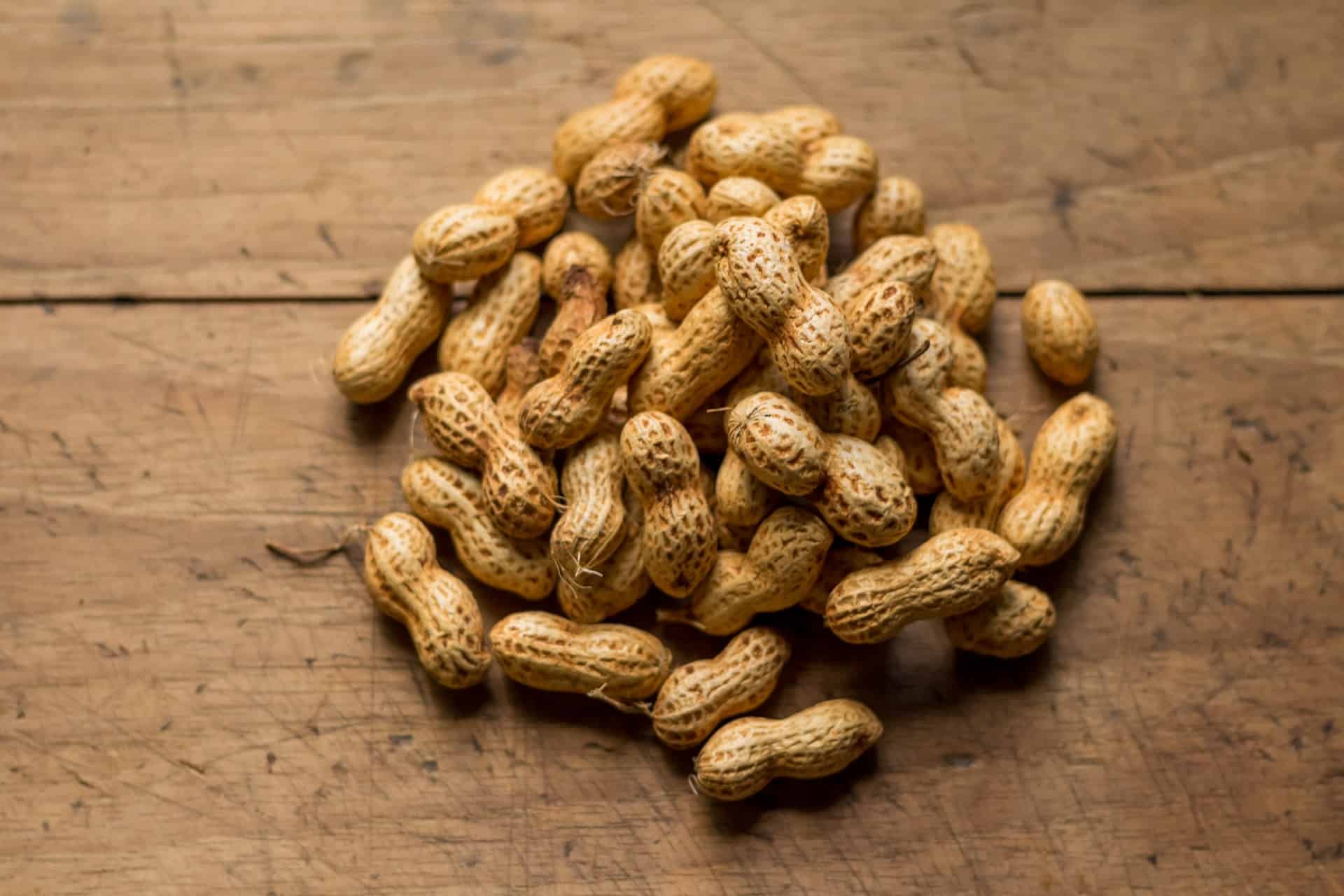
There are three types of peanut oil. The two main types are refined and unrefined. The third type, which is sometimes harder to find, is roasted peanut oil.
Unrefined peanut oil has the subtle flavor of peanuts and a lower smoke point. It is usually more expensive and can be used as a replacement for toasted sesame oil. Better yet, use toasted peanut oil which has an even stronger toasted flavor.
Refined peanut oil has been processed to make it more heat-stable. This process diminishes the aroma and flavor, making it a neutral-flavored oil with a high smoke point, similar to light sesame oil.
2. Hemp Seed Oil
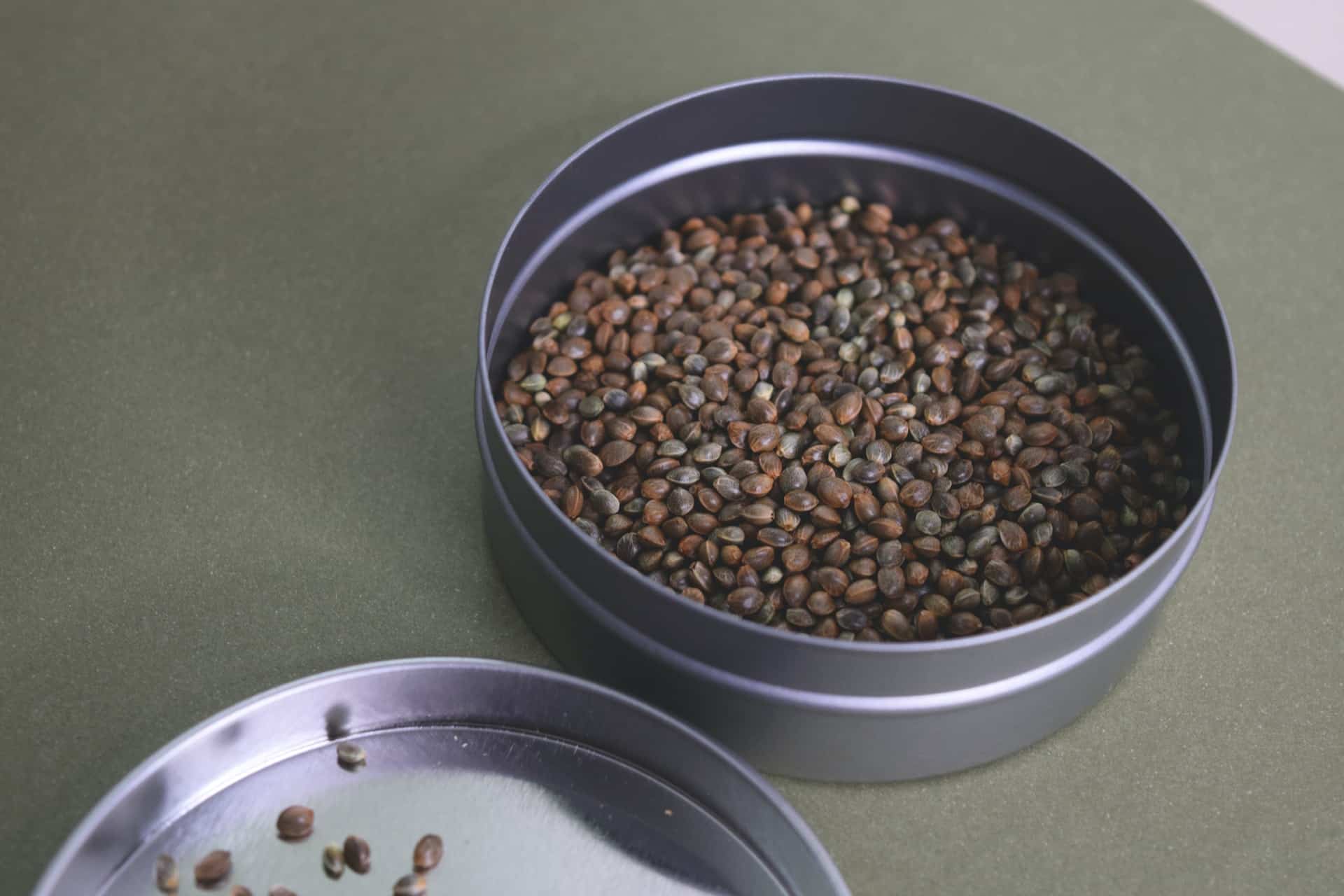
Hemp seed oil is only recommended as a replacement for toasted sesame oil. This oil is very sensitive to heat so it shouldn't be used for cooking. Instead, hemp seed oil can be drizzled over food to add a nutty flavor.
Hemp seed oil can also be used in small amounts to give salad dressing a nutty flavor. When making hemp salad dressing, try blending it with sunflower oil or canola oil.
Culinary hemp seed oil is made by cold-pressing hemp seeds to extract the oil. The flavor of the oil is described as being similar to sesame seeds, making it a good replacement to sesame oil.
Like hemp seed oil, toasted pumpkin seed oil is also a good sesame oil alternative.
3. Hazelnut Oil (and other nut oils)
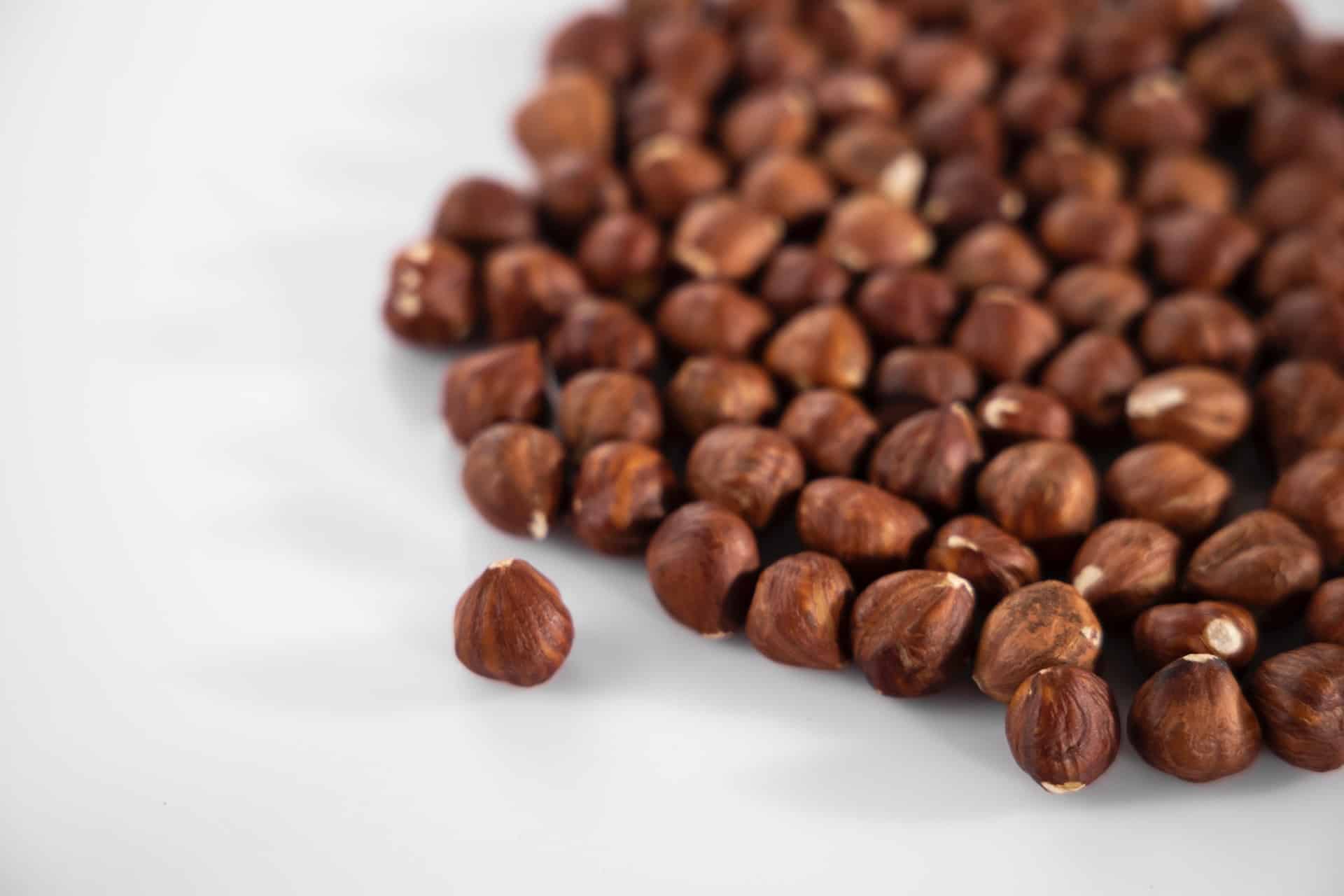
Hazelnut oil is a good toasted sesame oil replacement. Like toasted sesame oil, hazelnut oil has a nutty flavor. It's best used to lightly saute or add a finishing flavor to dishes, or to make salad dressing.
Other nut oils, such as walnut oil or pecan oil, can also be used instead of toasted sesame oil. Most nut oils are sold in toasted and untoasted versions. Oils made from toasted nuts or seeds will have a stronger flavor.
Contrary to popular belief, most nut oils have a fairly high smoke point and can be used for high heat cooking. However, these flavorful oils can be quite expensive and their delicate flavor is better suited for finishing a dish, rather than being used as the main cooking oil. For this reason, nut oils aren't great replacement for light sesame oil.
La Tourangelle is a good source for artisan made oils and a good source for information about nut and seed oils.
4. Sunflower Oil
Best used as a replacement for light sesame oil, sunflower oil is affordable and has no detectable flavor. It can be used for high heat cooking (like deep frying) or any other cooking method. It also works as a neutral oil for salad dressing.
Other neutral oils with high smoke points include canola, safflower, grape seed oil and vegetable oil. All four of these oils are a great substitute for light sesame oil.
5. Avocado Oil
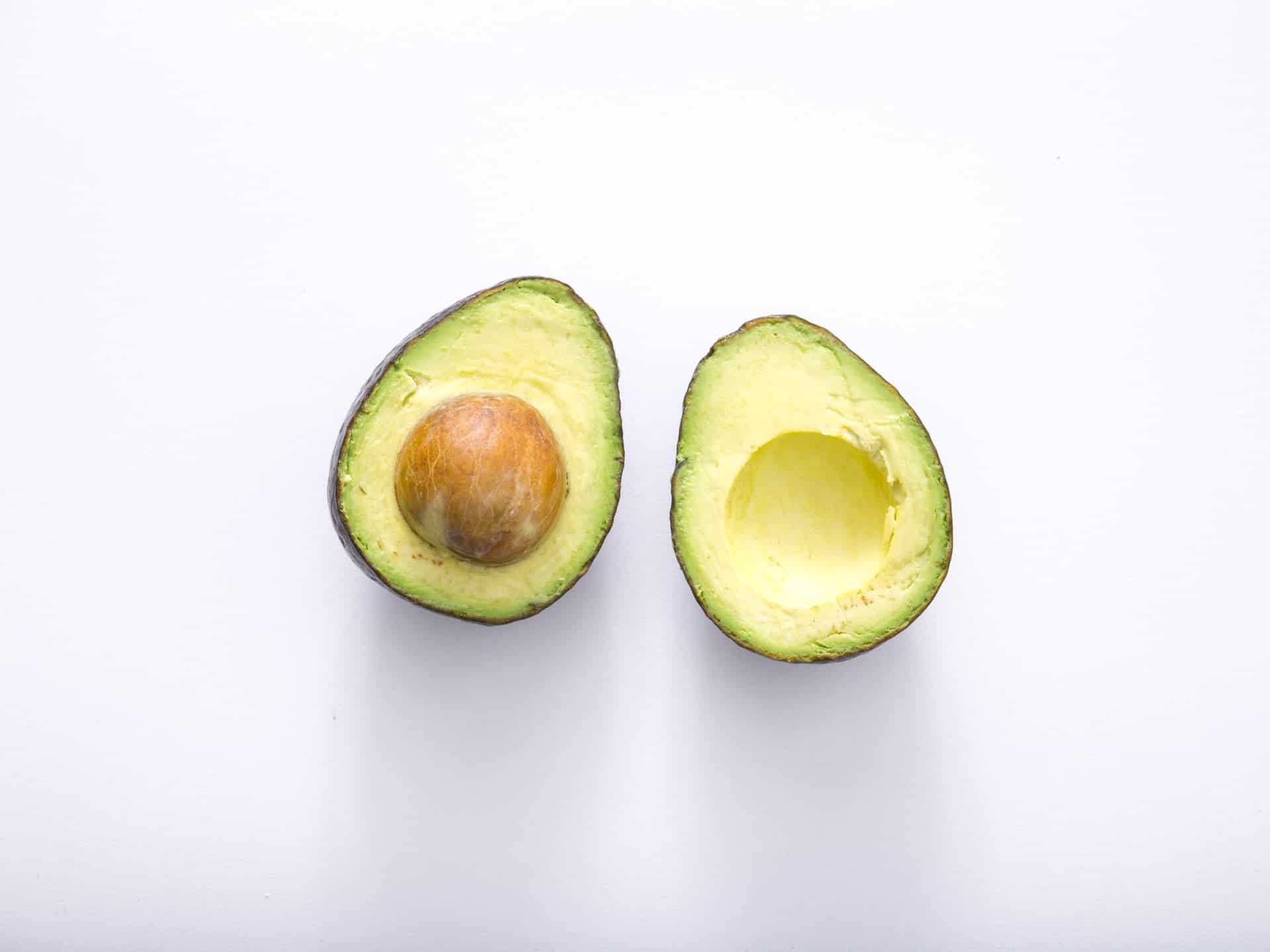
The buttery flavor and rich texture of avocado oil matches the richness of sesame oil. However, it doesn't have much flavor which makes it a better substitute for light sesame oil. Avocado oil also has a high smoke point, which makes it a good choice for high-heat cooking.
Frequently Asked Questions About Sesame Oil
All types of oil should be kept tightly sealed in a cool, dark place. A cupboard or pantry that is not close to the stove is a good place to store oil.
To keep sesame oil fresh longer, it can be kept in the refrigerator. This is especially true for toasted (dark) sesame oil, which can go rancid faster than untoasted (light) sesame oil.
Yes, sesame oil can go bad. All nut and seed oils can turn rancid, especially if they are not highly processed or refined. Heat and light can also make oil go bad faster.
However, this is a gradual process. A typical bottle of sesame oil should stay fresh for at least 6 months, or longer if kept in the refrigerator. If the oil smells bad and has an aroma that reminds you of paint or plastic or nail polish remover, it is rancid.
Every type of fat has a smoke point. A smoke point is the temperature at which the fat will start to burn and smoke. Some oils can withstand higher heat than other oils. These types of oils are often used for deep-frying or high-heat cooking in a wok. Seriouseats.com has a handy chart with oil smoke points.
Sesame seeds add a subtle nutty flavor and crunchy texture. Good substitutes for sesame seeds include poppyseeds, hemp hearts and nigella seeds.
Tahini is a thick paste made from ground sesame seeds. It has a texture that is similar to nut butters, like peanut butter. For this reason, it isn't a good substitute for most recipes that call for sesame oil.
However, tahini does have a strong sesame flavor. A small amount can be drizzled over food for flavor, although too much will impart a bitter flavor so be careful. Tahini is also a good addition to salad dressing.
Recipes You'll Love
Does this recipe make you hungry?
SUBSCRIBE
to the Kitchen Skip newsletter
for helpful tips, easy recipes
& good conversation

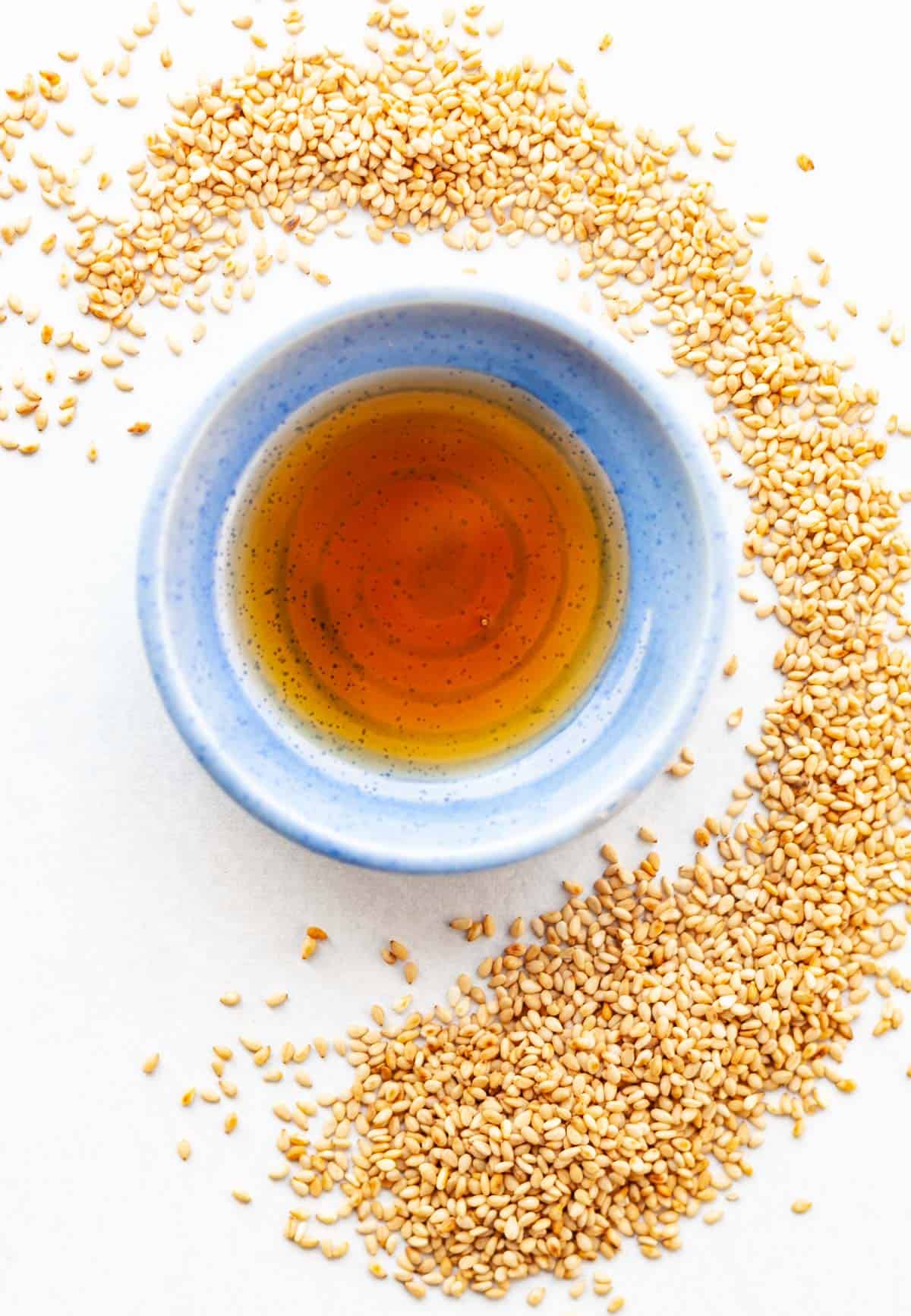




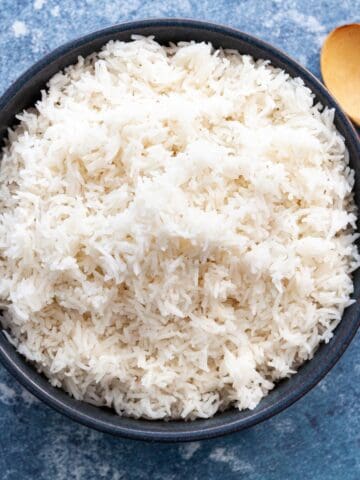


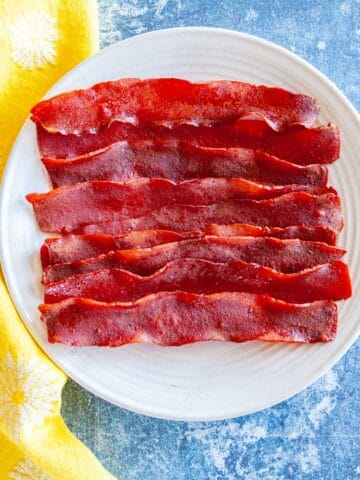
Jenny
A helpful list of replacements for sesame oil if you don't have any on hand for a recipe.